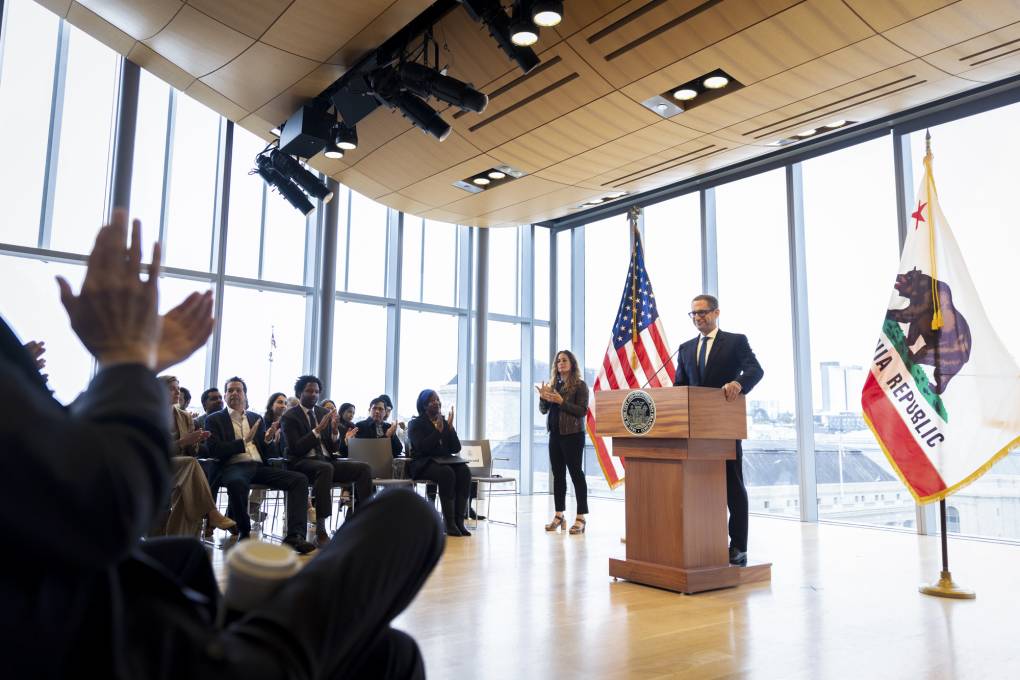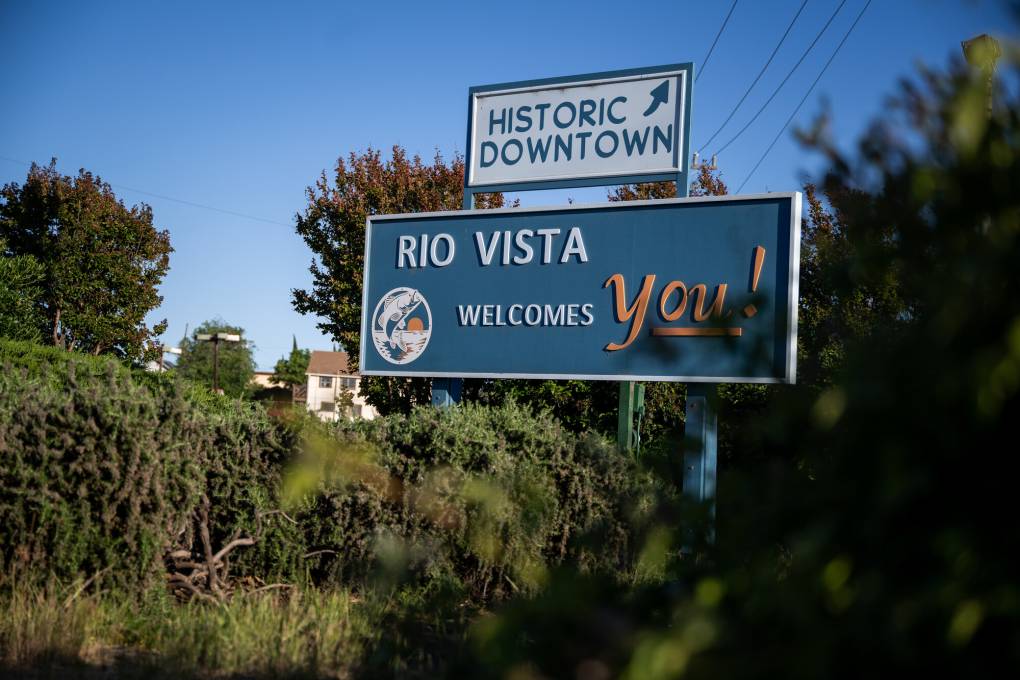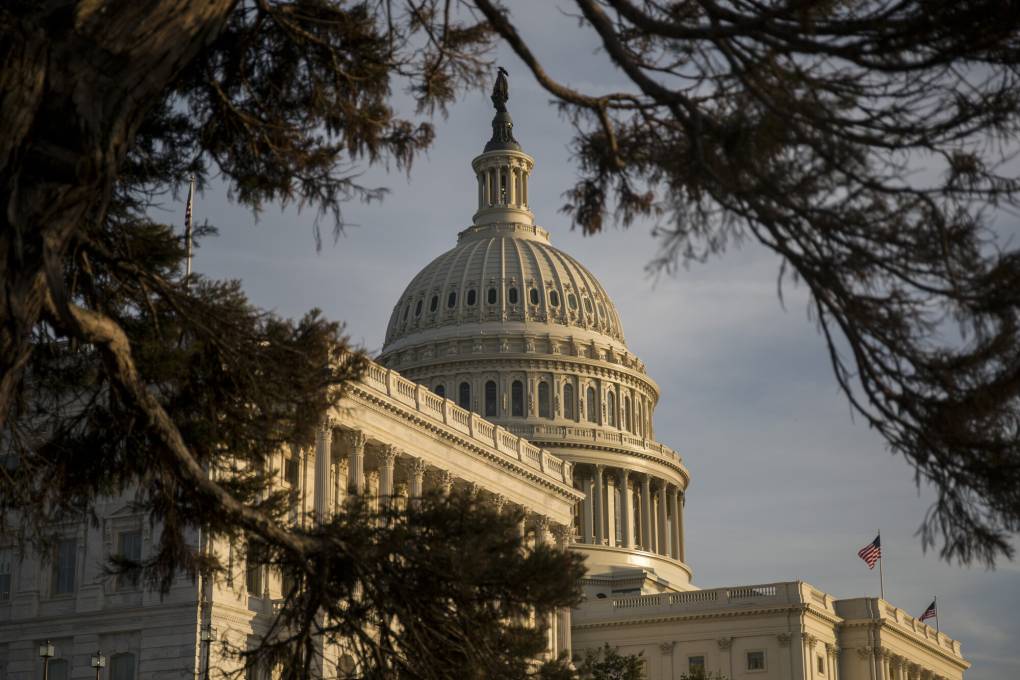But Liccardo says it will take more action from Silicon Valley cities other than San Jose to make a dent in the housing crisis.
“The reality of the political calculus is, we know an awful lot of suburban voters already have got theirs. Right? They own their homes. Those homes are appreciating rapidly in value,” he said.
How do you bring those voters on board, without whom it could be hard to find city council members who want to approve a lot of new housing? Liccardo says, “When they recognize that their children have nowhere to live,” they might change their tune.

Maybe yes and maybe no.
Earlier this year, Redwood City Councilwoman Alicia Aguirre lost her spot on the Metropolitan Transportation Commission (MTC) because she backed the so-called CASA Compact, which includes a wide array of housing proposals that, as a whole, have been embraced by the mayors of San Jose, San Francisco and Oakland, as well as several regional organizations and Gov. Gavin Newsom.

And check out this headline summarizing a recent meeting in famously housing-resistant Palo Alto: Peninsula cities prepare for battle over contentious housing bill.
But Bay Area lawmakers have introduced 13 bills to implement the CASA policies, many of which involve moving control over housing and development to the state. AB 1487, for instance, would authorize a new regional housing agency to levy taxes, issue debt and impose zoning standards in the Bay Area.





